No one knows what’ll happen in DR Congo, but here are the possibilities
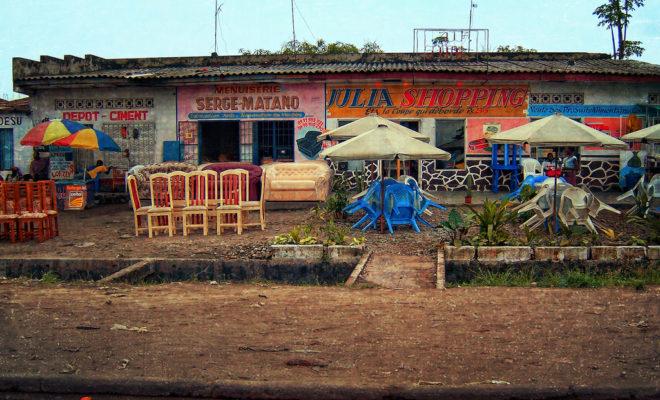
Will there actually be elections? Or a non-violent uprising? Or foreign intervention? Here are some scenarios the Congo could face.
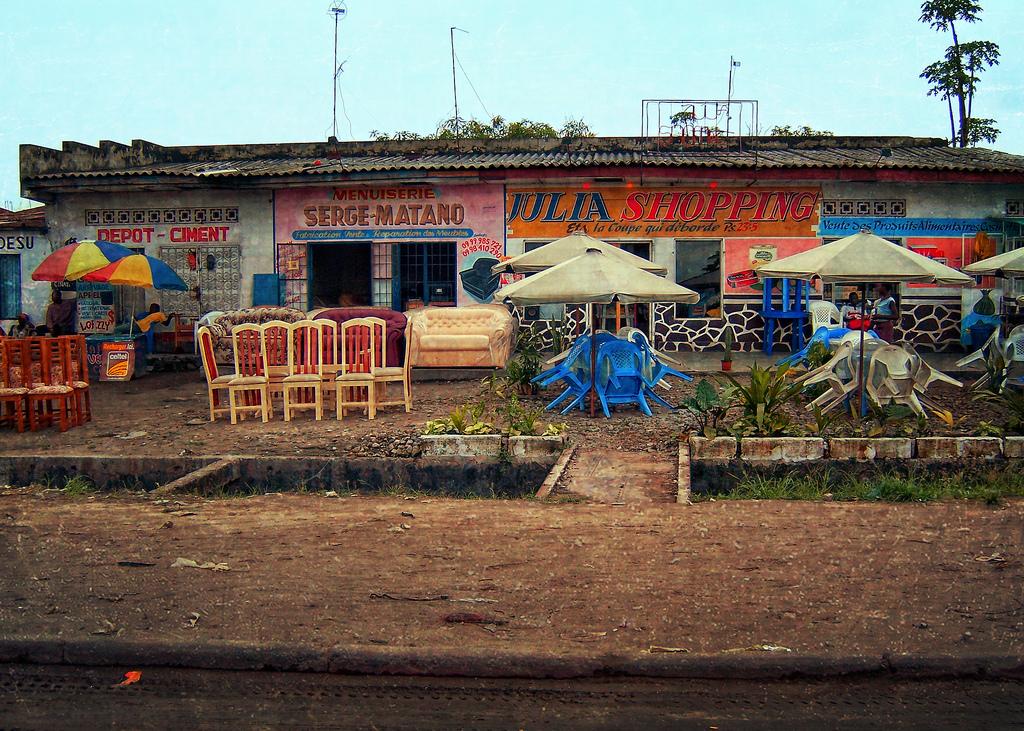
Kinshasa, Democratic Republic of Congo (DRC). Credit: Irene2005.
In the latest development of the Democratic Republic of Congo’s (DRC) political saga, a government spokesperson has said that President Joseph Kabila will announce his intended successor this July. Speaking to VOA, Lambert Mende continued that the elections scheduled for December are on track and that Kabila, in power since 2001, intends to step down after they are held.
According to the constitution, Kabila’s mandated term ended back in December 2016. However, his administration simply failed to organise elections and has embarked on various attempts to keep the president in power.
This has prompted widespread non-violent urban protests, which have met with harsh repression and deadly force. At the same time, rural militia groups have grown in size and expanded the areas under their control.
Few observers would be bold enough to forecast what will ultimately happen, but it is possible to outline different scenarios, some more probable than others.
1) Free and fair elections
The first possibility is that Kabila’s regime does what it has – at last – promised. Namely, it holds genuinely free and fair elections in December 2018 and allows the winners to fill the roles to which they were elected in the presidency, National Assembly and Provincial Assembly.
Congolese citizens passionately demand elections and have demonstrated an eager commitment to participate in them. If fair and free elections were to take place, the Kabila family would lose power along with most regime figures. The presidency would probably be won by one of the current opposition leaders. As in 2006 and 2011, most members of the National Assembly would lose their seats and be replaced by new blood.
Of all the options, this is the least likely to come to pass.
2) Regime-controlled and unfair elections
A second scenario then is that elections are organised, but the government employs its vast power to control the outcome. This would result in the current regime staying in power, either with Kabila – if the constitution is amended to allow him another term – or another loyalist as president.
As happened in 2011, the elections – even if widely viewed as stolen – would probably legitimise the regime in the eyes of the international community. Civil society and opposition parties would protest vehemently, but unless new methods were developed, the result would be – as at present – harsh repression that would probably succeed in the regime retaining power.
3) Kabila is removed by a popular uprising
If Congolese protest movements do acquire new strategies, whether before or after possible elections, this could lead to a third scenario.
Protests in the DRC have thus far taken the form of street marches and ville morts. These urban demonstrations have been organised by opposition parties and civil society groups. More recently, they have been led by the highly-influential Catholic Church. The government has responded to these non-violent mobilisations with fierce repression. On 31 December 2017, for example, security forces responded to the Church’s call for peaceful protests by entering churches during religious services and firing tear gas and live bullets. At least seven people were killed.
The Catholic Church is the only non-governmental organisation with a presence everywhere in the country. It also has real moral authority. A non-violent campaign led by the churches could conceivably overthrow the regime.
However, if this were to occur, the movement would have to extend beyond urban centres into rural areas. It would also have to develop protest strategies beyond marches, for instance by targeting the mining and transport sectors in order to impact the economy or by emulating a strategy used during the independence struggle of boycotting regime-linked institutions.
4) Kabila is overthrown in a military coup
The pre-conditions for a coup are certainly present in the Congo. The president is extremely unpopular. Socio-economic conditions are moving from very bad to even worse. The regime is heavily dependent on the security forces. And the military is either badly paid or not at all.
There are no specific indications that a coup is in the offing, but if it were, would we know about it? There may be disillusioned officers right now thinking: “The president depends on us. The people want him gone. Why don’t we take over and become the billionaires/national saviours?”
The regime has two cards it can play against such an eventuality. It can hire mercenaries, and there are already some employed by the Presidency. And it can seek military support from abroad. It is also conceivable that the UN mission MONUSCO would come to the aid of the regime if faced with a coup.
If a military overthrow were to succeed, its leaders could introduce genuine reform or be even more authoritarian than the present regime. Coups do not usually lead to democracy.
5) External intervention removes the president
If a neighbouring power were to intervene, it would not be the first time for the Congo. In the First Congo War (1996-97), Angola, Uganda and Rwanda all invaded successfully and ended the regime of President Mobutu. In the Second Congo War (1998-2003), those same three countries again sent their armies into the Congo. That time around, Rwanda and Uganda sought to overthrow President Laurent Kabila, while Angola (along with several other African states) sent its army to defend him. The latter proved successful and Angola gained a great amount of influence in the process, which it still retains.
The dominant motive for intervening in the First Congo War was that the Congo was home to various armed insurgency movements that opposed the governments in Kigali, Kampala and Luanda. Today, this threat is sharply reduced, although all three of these states still, from time to time, send their forces into the Congo to deal with militia based there or to prop up the Kabila regime, as Angola did in 1998.
Two possible motives that might prompt a major foreign intervention remain. First, instability in the Congo could spill over frontiers and, second, there is the lure of Congo’s vast natural resources. In previous interventions, several African states that intervened militarily acquired valuable economic assets.
Once again, the only possible candidates for an intervention would be Angola, Rwanda and Uganda. Rwanda and Uganda seem unlikely to opt for such a strategy, but Angola – which can consider its interventions in 1997 and 1998 as successes – might consider such a move. However, because Luanda already has so much influence over the Kabila regime, conditions in the Congo would have to deteriorate even further and endanger Angolan interests substantially before this would become a real possibility.
6) Kabila is removed in a violent uprising
Many preconditions for an armed uprising exist. There is massive disaffection with the entire governing class, falling standards of living, and a large and neglected population facing dire hardships. There are already over a hundred rural-based militia groups active in the Congo, some overseeing substantial territory. And the country has a revolutionary history; in the mid-1960s, for instance, the so-called Congo Rebellion saw armed groups control over half the country.
However, one big difference between today’s militias and those of the 1960s Rebellion, or the earlier independence struggle, is that the Congo’s current armed groups lack a unifying structure and ideology. If a revolutionary movement were to develop now, it would have to bring together militia leadership, create a nation-wide structure, and adopt a common ideology.
If this were to happen, it is doubtful that the Congo’s armed forces would be up to the challenge. This means that, as in earlier instances, the regime would seek external military support. But would it come? And would MONUSCO side with the regime and employ its forces against a revolutionary challenge?
What could be
Kabila’s regime is weak and vulnerable to many challenges, both internal and external. Some of the scenarios above are certainly unlikely for now, but they could all plausibly materialise, as could combinations of them. The start of a violent uprising, for instance, might inspire a military coup.
For the moment though, the most probable future for the Congo seems to be the maintenance of the current regime.
One way or another, the future for the vast majority of Congolese citizens looks tragic. This is particularly unfortunate given that the Congo could have an incredible bright future. A real sense of national identity has emerged since independence. Civil society is dynamic and present everywhere. The country is immensely rich. And when given the chance, its citizens have participated in elections not only enthusiastically but with a deeply sophisticated understanding of the issues at hand.
One hopes that most of the scenarios above are overly pessimistic.
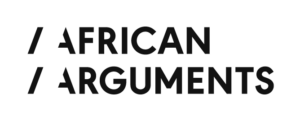

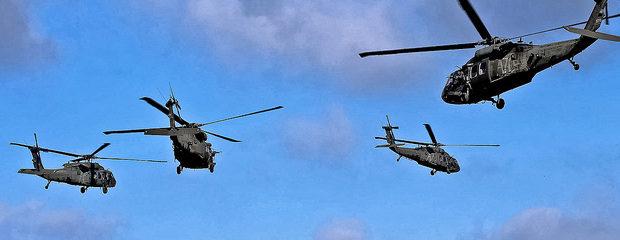

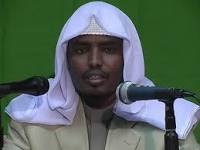
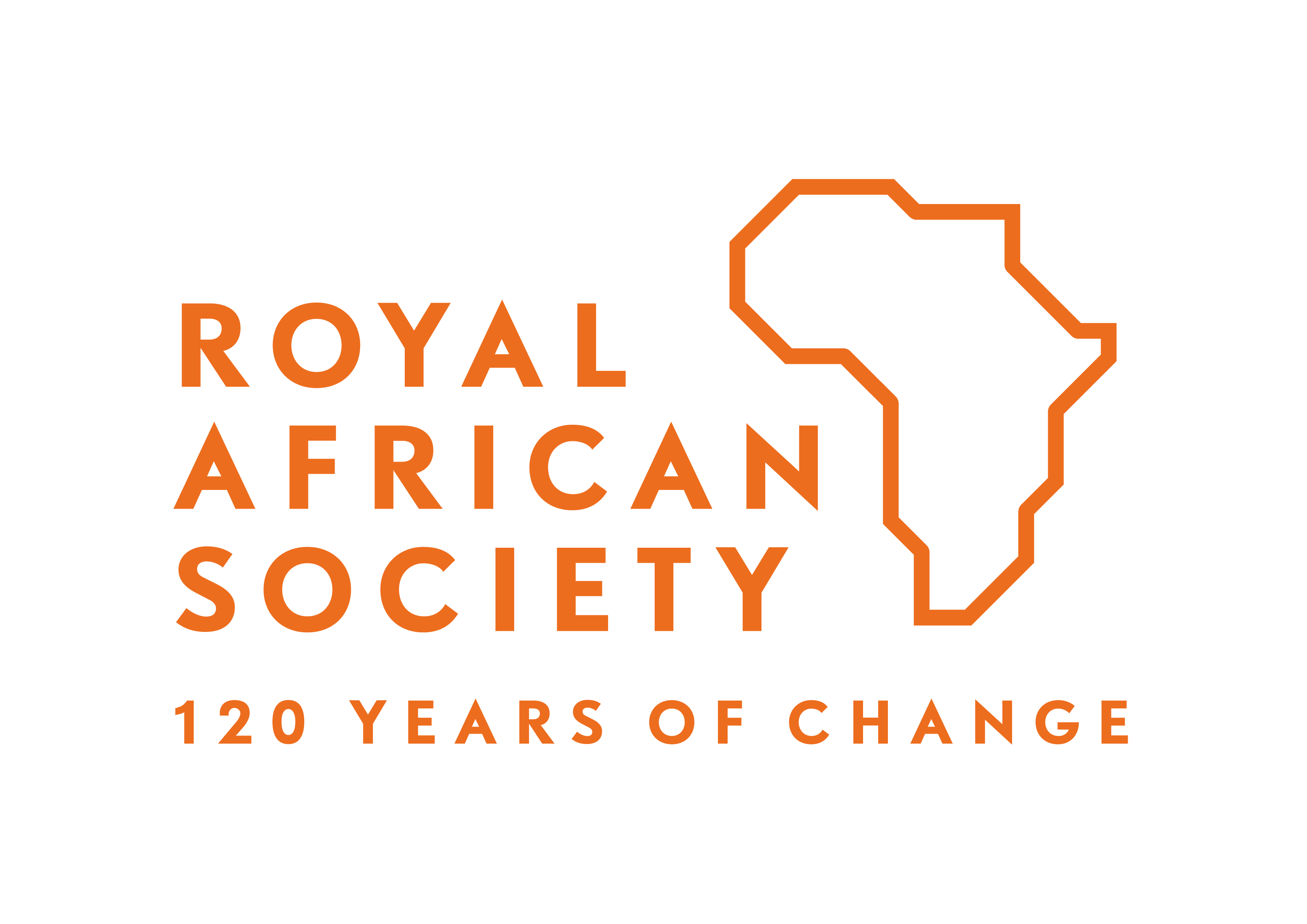

Prof. Weiss. This is a well thought and set political scenario of the DR Congo situation. The truth is that Kabila regime will not survive any longer. A combination of the scenarios you have described are likely to occur, may be very soon. Thanks for sharing your ideas.
Another alternative may be the fragmentation of a unitary state into segments which are controlled by neighbouring countries; e.g. Uganda/Rwanda taking over Kivu Province or a re-run of the Katanga scenario of the early 60s. The role of the Catholic Bishops Conference may also be critical in mediation and legitimacy
By Herbert F. Weiss, thanks a lot for the post.Really thank you! Much obliged.
This is a one sided and kind of western plot against african leadership.The analysis contained a lot of biases in away that it assumes a lot without tangible proof.Its not the first time that this happens because we saw it in Lybia, the same attempt was done in Burundi,in Turky, Irak, Yemen,Somalia,etc.This article is just a piece of westnern propaganda against Kabila’regime and my fear is that DRC might end up like Somalia!
Thank you Butand, Mullen and Yukko and Nduwarugira for responding to my article. I fully agree that the role of the Catholic Bishops Conference is critical. With a little less pessimism, I would have thought persecuting the church was impossible. Mobutu never dared do this to the extent that Kabila does. But, it happened and is happening. As to my being one sided, what is the other side? Admiring the Kabila – a man who refuses to follow the constitution that was not only widely supported but passed during his presidency, who has become a billionaire while the standard of living of his people has declined to cruel levels, who is widely unpopular – not among Western governments that by and large accept him- but among his own people? Check out the BERCI public opinion survey I have a link to in my text, an entirely Congolese research institution.
Dear Friends,
I thank all of you who still think good about the DR-CONGO our beautiful and huge land rich in cultural and natural resources. Some of us, I mean the sons and daughters of the DR-CONGO who are conscious about the current situation of our country are experiencing sleepless nights by imaginating eventual solutions. Honestly speaking our hearts are breading when we hear some news from home. I have read and reread carefully all the eventual senarios to happen in my beloved country DR-CONGO as the fact of imagination listed by Prof Weiss. If I am asked to choose one of them I will consider the number one, and ask any body who has CONGO in his heart as a citizen or a friend to use all his means to promote that one. We are tired of crying the dead, more than 6 millions people are reported dead since 1996 up to now people are still dying aither by violence or sickness. According to some reports, there are about 100,000 arms in ilegally hold by militias in the DR-CONGO while MONUSCO is having over 20,000 so called “PEACE KEEPERS” including both soldiers and civilians on the annual pay roll of over $1Billion USD! For what? People are dying every day in Kassai, Beni, Ituri, Tanganyika, South Kivu etc. To me, the PRIORITY is the PEACE, to make the peace effective there shall be desarmement of all militias in the country. I am suugesting a Peaceful desarment of exchanging arm with $350 USD and Integrate the voluntary desarmed militia in national ARMY, POLICE Force or Integrate the Civil life and this for the Citizen militias. The desarmed foreigners shall be handled to their country’s authorities or kept in Refugees centres under the the care of the UNHCR. I strongly believe this will bring peace in my Country. Election yes, but sustainable PEACE shall be given a very high priority.
Congo Ruling Party Shows All Signs of Seeking Kabila Third Term.
From the sprawling capital Kinshasa to villages deep in the equatorial forests, Congo’s ruling PPRD is in full-on election campaign mode – and Joseph Kabila’s face is everywhere. The deadline for declaring candidates for Democratic Republic of Congo’s scheduled December 23/18 poll is just over two months away, and Kabila is officially not allowed to run again. Yet his bearded portrait smiles down from billboards and T-shirts being printed by his People’s Party for Reconstruction and Democracy (PPRD).
Thus far there is no sign of a successor. Following a reshuffle this month of Congo’s Constitutional Court and provocative comments from members of his inner circle, suspicion is rife that Kabila – in power since the death of his father, Laurent Kabila in 2001 – intends to bypass the constitution in seeking a third term.
President Joseph Kabila is in urgent need of an immediate intense, direct, blunt to the point ‘whooping’ in the full metaphoric rhetorical sense explaining ‘law’ is not for private personal compromise in promotion of personal private gain.
Kabila’s Governance Imbroglio can be distilled within two quotes attributed to George Washington Plunkitt.
“What’s the constitution among friends?”
“I Seen My Opportunities and I Took ’Em”.
One of the famous, albeit not the most important of the old-time political bosses, was George Washington Plunkitt.
His enduring fame came from a very short book with a very long subtitle:
“Plunkitt of Tammany Hall: A Series of Very Plain Talks on Very Practical Politics, Delivered by Ex-Senator George Washington Plunkitt, the Tammany Philosopher, from his Rostrum—the New York County Courthouse Bootblack Stand”.
Journalist William Riordan listened to Plunkitt’s talks and published them as interviews in various local newspapers. In 1905, he published them in a book, which became a classic on American urban politics, one still widely read today. Amidst political cynicism, Plunkitt also preached the virtues of hard work, sobriety, and even honesty; which in no manner condones the behaviour exhibited by Joseph Kabila who along with his acolytes traffics power/privilege in theft inclusive of violence suborning all human rights in citizen non-violent freedom of expression.
thanks